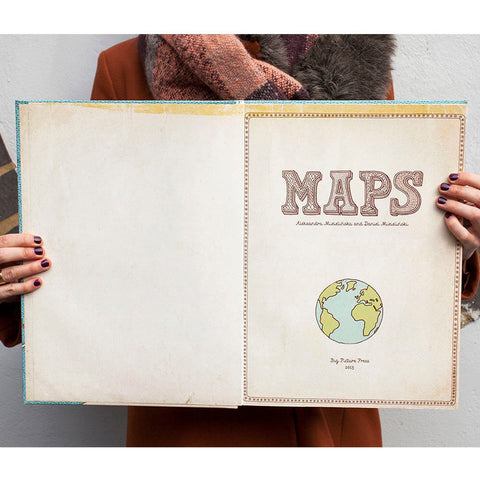


There are some interesting facts throughout the book, but many pieces of trivia are too, well trivial, to prove useful. The information is scattered-much like the scout bees-and as a result, both the nominal plot and informational content are tissue-thin. As the scout bees traverse the fields, readers are provided with a potpourri of facts and statements about bees. Not a complete world, but rewarding fare nonetheless for both young cartografiends and armchair travelers.įollow a swarm of bees as they leave a beekeeper’s apiary in search of a new home. Flags and basic facts are tucked into the corners, but the intent here is plainly to present crazy-quilt impressions of each country’s history and culture rather than systematic geophysical information. Sidestepping the stereotypical tendencies common to older illustrated maps, here human figures sport modern dress as well as regional costume (with labels for most of the latter that note “traditional dress”) and, often, specific tribal or cultural identifications. The images overflow into neighboring oceans and seas, where they share space with pictures of sea life, boats and water sports. Every map teems with labeled, colored drawings of characteristic wildlife and local residents, renowned figures from history and legend, major cities and landforms, famous buildings, important industries, foods, foliage, works of art, musical instruments, and other place-linked sights and items.


All are the same size, so that, without regard for scale, the illustrators allot Iceland and New Zealand the same space as, for instance, Antarctica and Russia (including Siberia). A tourist atlas of sorts, in which maps of select countries are reduced to little more than natural and political borders to serve as backdrops for thousands of small images.Īrranged by continent-with Europe’s section first and by far the largest-the maps each fill an oversized spread.


 0 kommentar(er)
0 kommentar(er)
